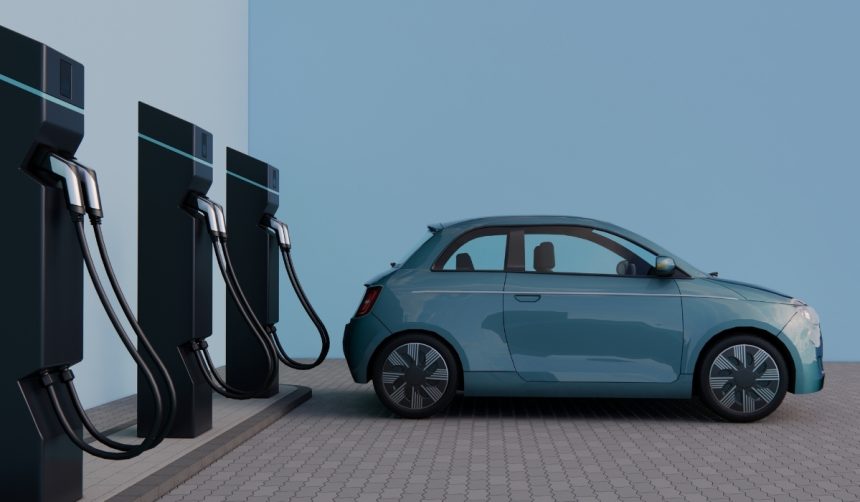As more companies dive into autonomous taxi services, new data streams are challenging long-held beliefs on vehicle size and design. Recent analysis from Toyota Connected Europe’s designer Karim Dia Toubajie draws attention to user behavior in Waymo’s latest autonomous ride-hailing numbers, suggesting that most robotaxi journeys involve only one or two riders. These insights arrive as public scrutiny mounts over Tesla’s two-seat Cybercab concept, and fresh statistics may shift the outlook for how purpose-built robotaxis could reshape urban mobility. Previous years had seen a preference in the industry for 4-5 seat configurations, with carmakers hedging on high demand for larger shared vehicles.
Discussions around robotaxi occupancy have often relied on limited or outdated assumptions. Early autonomous vehicle pilots from firms like Uber ATG or Cruise initially fielded vehicles with standard seating, expecting group rides to dominate, but actual rider data has proved otherwise. Recent third-party research from 2023 indicated a significant number of solo or two-person trips in urban areas, but lacked the breadth of Waymo’s latest California filings. At the same time, Tesla’s Cybercab announcement in 2024 faced skepticism, as critics doubted whether a purpose-built two-seater would win broad adoption. New findings now provide more substantive evidence to inform the debate.
What Are the Main Findings from Waymo’s Occupancy Data?
Toubajie’s review of Waymo’s Q3 2025 Public Utilities Commission data reveals that 90% of rides taken by Waymo’s self-driving taxis included just one or two people. The statistics further show 71% of all trips were made by solo passengers, while 15% seated two riders, only dropping to 3% for four passengers. Operational-only journeys, such as those to a depot or charging station, were excluded from the analysis to focus solely on actual customer use. As such, the vast majority of robotaxi rides require less vehicle capacity than is commonly provided.
Does Tesla’s Cybercab Design Address These Trends?
The Cybercab, Tesla’s two-seat autonomous taxi, initially drew backlash after its unveiling for focusing on a minimal capacity. With Waymo’s real-world occupancy numbers now available, Toubajie acknowledged that Tesla’s decision stands justified within current usage patterns. He commented,
“90% of robotaxi trips have 2 or less passengers, so why are we using 5-seater vehicles?”
Toubajie also observed that even with the Cybercab’s relatively large 50kWh battery, the vehicle might be more than what many trips truly require.
Will Automakers Adjust Their Strategies Based on the Data?
Tesla’s existing vehicle fleet, including the Model 3 and Model Y, are expected to serve trips with more than two passengers, accounting for just 9% of Waymo’s sampled demand. The streamlined manufacturing approach touted for the Cybercab could potentially boost rollout speed, addressing high-frequency short trips without over-supplying seating. As Toubajie stated,
“This means that most of the time, the vehicle being used significantly outweighs the needs of the trip.”
This raises questions for legacy automakers about optimizing fleet diversity and right-sizing vehicle options for evolving mobility habits.
The convergence of empirical occupancy data and recent vehicle innovations underscores a shift in mobility planning. Ride-hailing user patterns increasingly support specialized designs like the Tesla Cybercab for dense urban environments, but broader adoption still hinges on market acceptance and cost-effective scalability. For cities and operators planning future fleets, careful consideration of local transport culture and peak-hour group travel will remain crucial. More firms may incorporate similarly targeted models in their autonomous programs, balancing supply with typical ridership profiles while deploying larger vehicles for rarer, higher-capacity needs.










